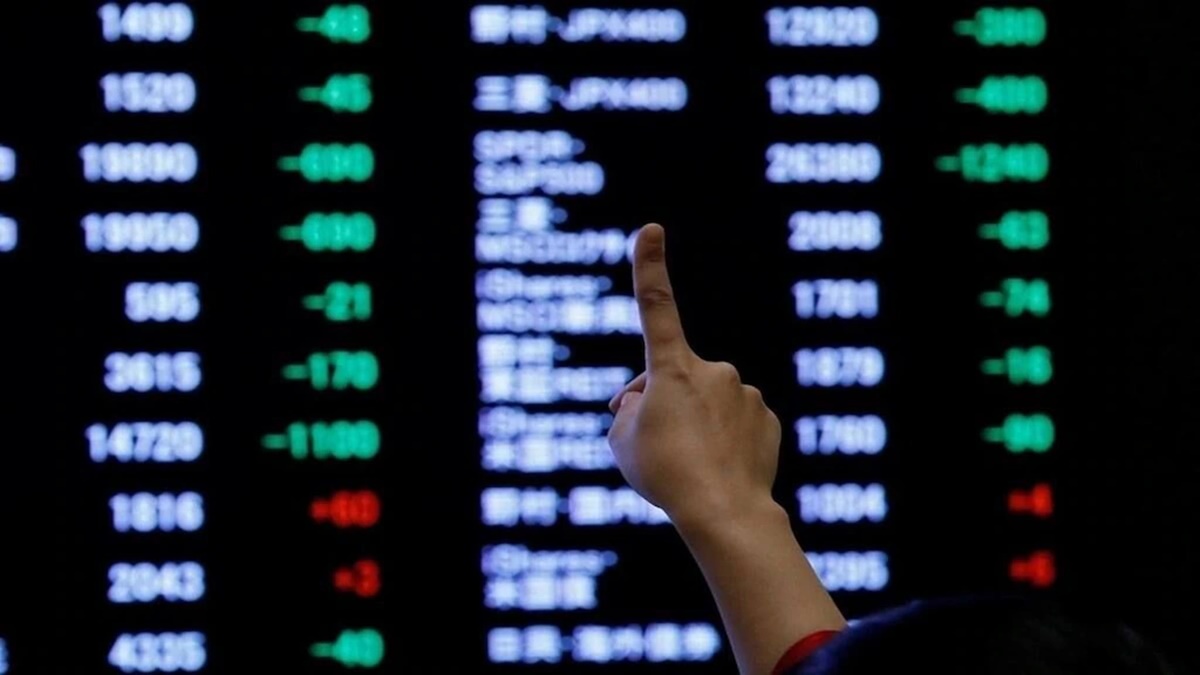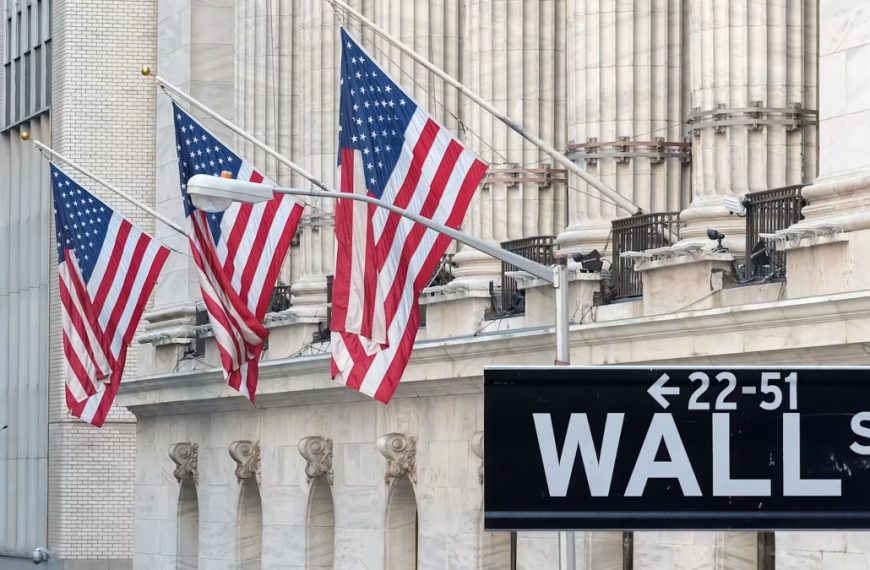On Tuesday, the Indian equity markets demonstrated resilience, bouncing back from earlier losses to maintain a subdued finish. The Sensex opened significantly lower, dropping 370 points, but managed to recover through selective buying in major stocks. Ultimately, the index concluded the day down by only 12.85 points, settling at 74,102.32. Meanwhile, the Nifty index, which initially faced a drop of over 140 points, turned around to finish up by 37.60 points, closing at 22,497.90.
Impact of Global Economic Sentiment
The initial downturn in the markets was largely influenced by a pessimistic outlook from Goldman Sachs, which revised its 2025 US GDP forecast downward from 2.4% to 1.7%. This adjustment raised concerns about economic growth, leading to widespread selloffs in both global and Asian markets.
- Goldman Sachs GDP Forecast: 2025 US GDP revised from 2.4% to 1.7%
- Market Reaction: Global and Asian markets experienced broad-based declines
Prashanth Tapse, Senior VP of Research at Mehta Equities, noted that the prevailing weakness in Asian and US market indices has kept investor sentiment cautious. He emphasized that significant foreign fund outflows, unpredictable currency fluctuations, and ongoing global economic uncertainties have contributed to a more risk-averse atmosphere among investors.
Sector Performance Highlights
In terms of sector performance, several areas showed noteworthy gains:
- Major Gainers: Realty, telecom, oil & gas, energy, and metal sectors saw increases of up to 3.92%.
- Major Losers: Conversely, the IT, banking, and automotive sectors faced significant declines, particularly impacted by concerns over US economic growth.
The divergence in broader markets was evident, with the BSE Midcap index rising by 0.72%, while the small-cap index fell by 0.70%. Overall, market breadth was negative, reflecting a challenging environment:
- Losers: 2,629 stocks
- Gainers: 1,354 stocks
Market Capitalization and Notable Stocks
Despite the fluctuations, investor wealth experienced a slight increase, with a rise of Rs 39,722 crore, bringing the total market capitalization to Rs 394.25 lakh crore. However, IndusInd Bank emerged as the most significant laggard on the Sensex, plummeting 27.2% after its share price nosedived from Rs 900.60 to a 52-week low of Rs 649. This sharp decline was attributed to the revelation of accounting discrepancies within its derivatives portfolio, which wiped out over Rs 19,000 crore from its market valuation in a single trading session. Other notable losers included Infosys, Bajaj Finserv, M&M, and Zomato.
Key Gainers and Future Outlook
On a more positive note, leading stocks that recorded gains in the Sensex included Sun Pharma, ICICI Bank, Bharti Airtel, HCL Tech, and Maruti Suzuki.
Looking ahead, experts suggest that the global market cues, especially from the US, may continue to induce volatility in the Indian markets. Ajit Mishra, SVP of Research at Religare Broking, indicated that a decisive breakout from the 22,250-22,650 range could dictate the next directional move for the Nifty, while a sideways trend may persist if these levels are not breached.
In conclusion, as investors navigate through a complex landscape of economic uncertainties, keeping an eye on both domestic and global market trends will be crucial for informed decision-making in the coming days.











